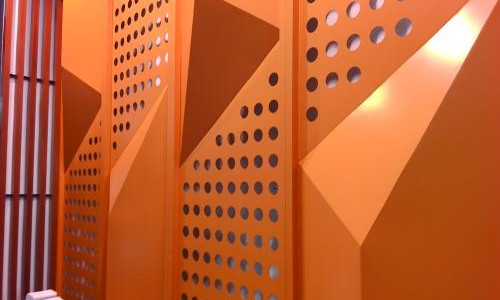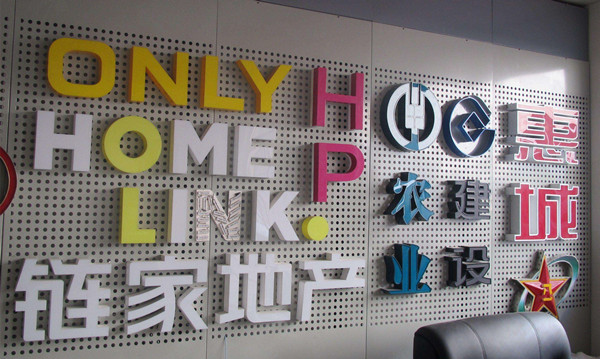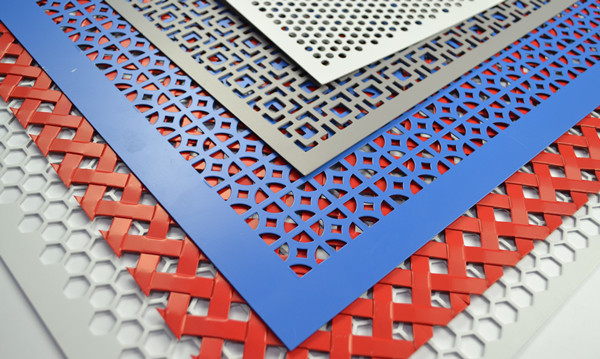Features and Advantages of Perforated Panels in Decorative Applications
Source:www.cn-psp.cnAuthor:河北森驰公司 Last updated:2025-06-11 18:23:15 Browse:
Perforated panels have become a popular choice in contemporary architectural design and interior decoration. With their combination of aesthetics and functionality, these panels offer a versatile solution that meets both creative and practical needs. Their distinctive appearance and multiple benefits make them a valuable component in various design projects.
1. Diverse Materials and Strong Adaptability
Decorative perforated panels are manufactured using a range of metal materials, including steel, aluminum, stainless steel, and copper. Each material has unique advantages suited for specific applications:
Steel perforated panels can be treated with spray paint or powder coating, offering a wide selection of colors and excellent corrosion resistance. These are ideal for various indoor decorative uses.
Aluminum panels are lightweight, durable, and provide a smooth, flat finish, making them suitable for high-end architectural environments such as offices, showrooms, or commercial spaces.
Stainless steel perforated panels are known for their sleek metallic luster and high weather resistance, ideal for exterior façades or demanding interior spaces.
This material diversity allows perforated metal panels to seamlessly integrate into a wide range of architectural styles, from minimalist and industrial to contemporary and high-tech.

2. Flexible Sizing and Customization Options
Perforated panels are available in various thicknesses, typically ranging from 0.5mm to 20mm, to accommodate different structural and design requirements. Standard widths include 1m, 1.2m, and 1.5m, but customized dimensions can also be produced based on specific project needs. This level of flexibility ensures that architects and designers can implement their creative visions without limitations.
3. Enhanced Aesthetic Appeal with Surface Treatments
The surface of perforated metal panels can be finished in several ways depending on the material and desired effect:
Powder coating or spray painting is often used for steel panels, delivering rich colors and added durability.
Polishing is commonly applied to aluminum and stainless steel panels, creating a glossy, reflective surface that adds brightness and sophistication to any space.
Anodizing, applicable to aluminum panels, enhances corrosion resistance while preserving the natural metallic texture.
These treatments not only extend the lifespan of the panels but also elevate their decorative impact, making them suitable for modern, upscale environments.

4. Excellent Light Transmission and Airflow
One of the standout features of decorative perforated panels is their ability to regulate light and ventilation. By choosing different hole sizes, patterns, and layouts, designers can control the level of natural light entering a space, creating a well-lit yet private environment. Additionally, the open structure of these panels promotes air circulation, making them an excellent choice for ventilation systems, ceilings, and exterior façades.
When used on building exteriors, perforated panels can also serve as sunshades, reducing solar heat gain and improving energy efficiency.
5. Eco-Friendly and Sustainable Design
As global emphasis on sustainable building continues to rise, metal perforated panels stand out for their durability, recyclability, and low maintenance requirements. Most panels can be fully recycled at the end of their lifespan, reducing environmental impact and aligning with green building standards.
Their ability to enhance natural lighting and airflow also helps lower energy consumption for lighting and HVAC systems, contributing to a building's overall energy performance and environmental responsibility.

6. Wide Range of Applications Across Spaces
Perforated decorative panels are widely used in various architectural and interior design applications, including:
Building façades and curtain walls, where they add visual appeal while offering sun protection and airflow.
Interior partitions and ceilings, enhancing spatial layering and acoustic control.
Wall cladding and feature walls, contributing to a modern and dynamic interior style.
Ventilation grilles and HVAC covers, combining function and design.
Art installations and commercial signage, offering creative possibilities for brand expression.
Whether in shopping centers, airports, office buildings, exhibition halls, or residential interiors, perforated panels serve as a functional and artistic solution in contemporary architecture.


